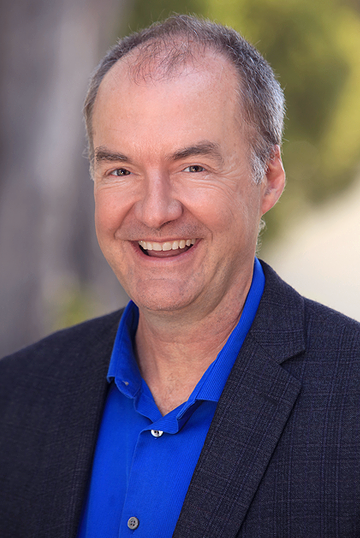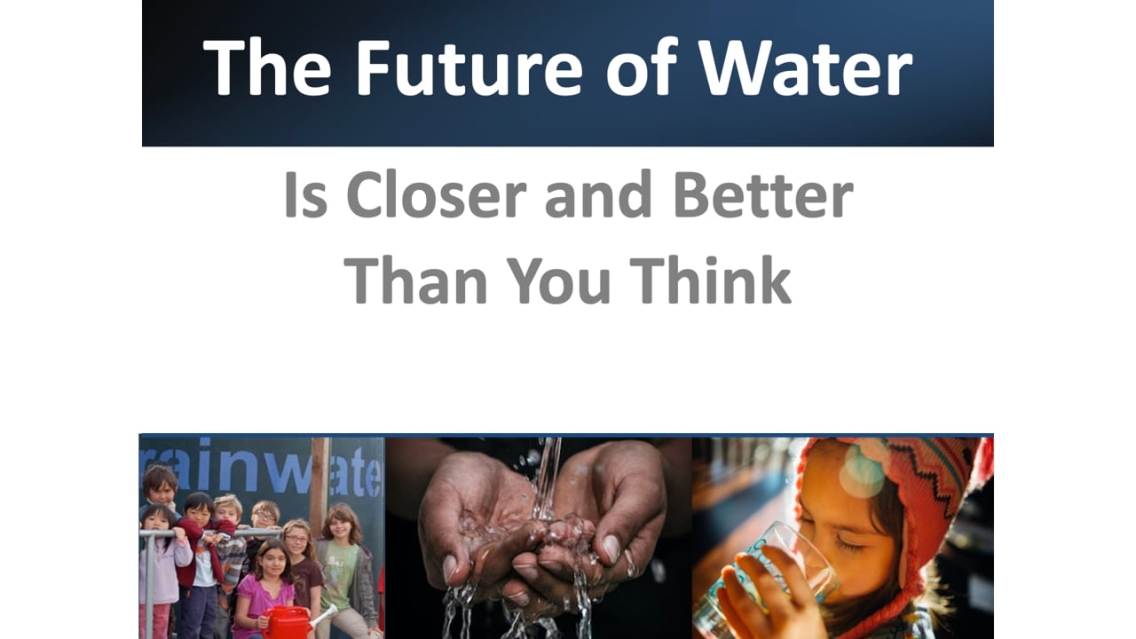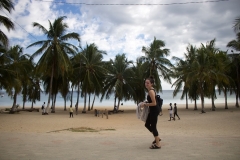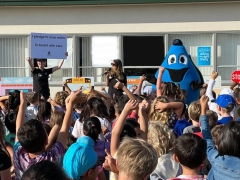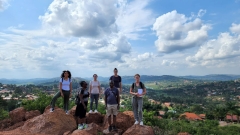The Peace Corps Path: Middlebury Institute a Top Choice for Coverdell Fellows
| by Sierra Abukins
Former Peace Corps volunteer and Coverdell Fellow Emma Miller MAIPD ’23 shares what brought her to the Middlebury Institute and how she’s leveraging her experience in Mozambique as she builds her career.

